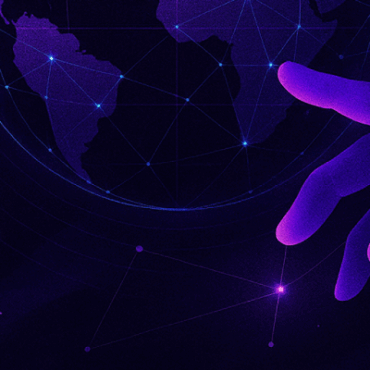
Towards Trusted AI Week 52 – The Dangers of AI Injection
A Roomba recorded a woman on the toilet. How did screenshots end up on Facebook? TechnologyReview, December 19, 2022 In the fall of 2020, gig workers in Venezuela shared a ...
Secure AI Weekly + Digests admin todayJanuary 11, 2023 144

The Globe and Mail, December 22, 2022
As 2023 approaches, the global economy is struggling and businesses are facing high costs. However, advancements in technology, specifically AI, provide an opportunity for a significant increase in its use and the potential to transform the economy and labor market. Canada is near the forefront of embracing AI and is currently ranked fifth in the world, behind the US, China, India, and the UK.
While creating technology and incorporating it into industries is a different process, a potential recession may provide the necessary push for growth in AI implementation. Retail is already taking advantage of AI technologies, as seen with Walmart using an AI model to predict the number of pumpkin pies needed during Thanksgiving.
The idea of AI replacing human workers is a concern, but it is important to remember that technological transitions have historically led to increased efficiency and job opportunities. Additionally, a tight labor market in Canada and many other countries may cushion the blow of job loss caused by the implementation of AI. The fourth industrial revolution is in full swing and the economy of 2023 may provide the necessary impetus for greater adoption of AI and robots.
Read more in the full article at the link.
China Briefing, December 20, 2022
China has recently implemented a new set of regulations for deep synthesis technology, commonly known as “deepfake”, which will come into effect on January 10, 2023. These measures have been issued by the Cyberspace Administration of China (CAC), the Ministry of Industry and Information Technology (MIIT), and the Ministry of Public Security (MPS).
Deep synthesis technology uses powerful machine learning and AI techniques to edit or synthesize visual and audio information, creating “fake” content. This includes synthetic media, such as replacing a person in an existing image or video with someone else’s likeness. The new regulations, known as the Deep Synthesis Provisions, clarify rules on the management of deep synthesis data and technology and urge companies to ensure compliance with laws and regulations.
The regulations cover deep synthesis service providers and users, who are expected to take necessary measures for personal data protection and to establish management systems for staff training, algorithm review, user registration, data security, and protection of personal information. Service providers are also required to have measures in place for correcting or removing false or harmful information, and to assume responsibility for any negative consequences caused by the use of deep synthesis technology.
These new regulations are part of the Chinese government’s efforts to strengthen the supervision of deep synthesis technology and services. This includes not only regulating the technology itself, but also the companies and individuals who use it. The aim is to ensure that deep synthesis technology is used ethically and responsibly, while also protecting personal data and security.
Read more about this regulation in the full article at the link.
Stay up to date with what is happening! Get a first look at news, noteworthy research and worst attacks on AI delivered right in your inbox.
Written by: admin

Secure AI Weekly admin
A Roomba recorded a woman on the toilet. How did screenshots end up on Facebook? TechnologyReview, December 19, 2022 In the fall of 2020, gig workers in Venezuela shared a ...


Adversa AI, Trustworthy AI Research & Advisory